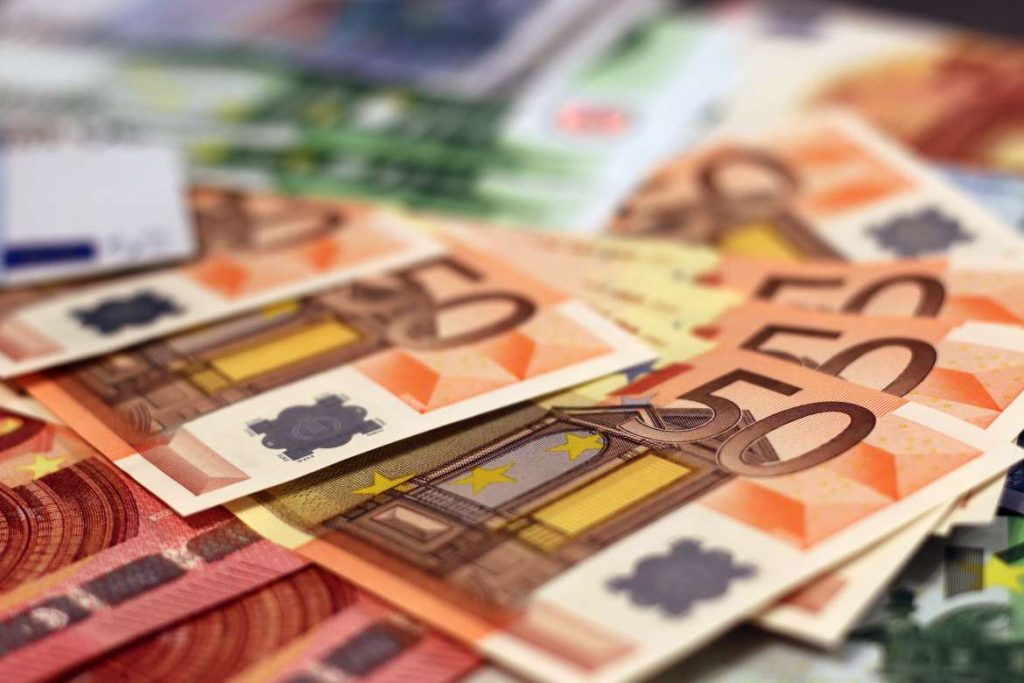April the 24th, 2023 – Croatian inflation has seen certain investments shelved, with 6.8 percent less being spent on investments across the board, but aside from that, a better fiscal picture than previously expected has emerged.
As Poslovni Dnevnik/Jadranka Dozan writes, like most other member states of the European Union and the Eurozone, Croatia ended 2022 with a better general government budget balance and a further decline in the level of national debt measured as a share of gross domestic product. The improvement of the Croatian fiscal picture was manifested in the realised surplus of 0.4% of GDP instead of the deficit recorded the year before (which was also planned for 2022).
The dynamics of the debt-to-GDP ratio, which was reduced by as much as 10 percentage points, down to 68.4 percent, proved to be better than expected, according to the first of two reports on the budget deficit and national debt that the national statistical offices submit to Eurostat during the fiscal year, under the supervision of the European Commission.
High levels of Croatian inflation contributed to the aforementioned outcome, and in addition to enterprises who were forced in most cases to increase their profit margins, inflation also “benefited” the state in certain ways, on the one hand by filling the state budget, and on the other by “devaluing” state debts in relation to nominal GDP.
The surplus of the consolidated general government reached almost 2 billion kuna last year, while a deficit of almost 11 billion kuna or 2.5 percent of GDP was recorded the year before that. The last time the state had a fiscal surplus was otherwise back during the pre-pandemic, record tourism year of 2019.
Bearing in mind the relatively generous fiscal incentives that last year were primarily motivated by the Russian aggression against Ukraine and its consequences on supply chains and price pressures, in such conditions (taking into account the beneficial effect of inflation on tax revenues such as those from VAT) the realised surplus could could indicate that Croatia’s fiscal policy was actually relatively restrictive.
The Central Bureau of Statistics (CBS) pointed out that the favourable balance of the state budget itself, which stood at as high as 11.6 billion kuna, had a big impact on the amount of last year’s surplus. Taxes on production and imports were collected, they say, in the amount of 94.44 billion kuna (according to the time adjustment method) which represents a 13.6 percent increase compared to the year before, current taxes on income and wealth were collected in the amount of 37.4 percent more, and net social contributions poured in 12.8 percent more than they did back in 2021.
On the expenditure side, fiscal incentives were manifested through increased expenditures for subsidies. Last year, interest expenses reached a staggering 7 billion kuna, or about 250 million (3.5%) more than the year before. However, in the context of the achieved surplus, it should be noted that last year, there was a noticeable decrease in general government expenditures for investments, by 6.8 percent, to slightly more than 19.1 billion kuna, and some analysts believe that this speaks volumes about the weak investment activities of the City of Zagreb.
From the aspect of state finances and debt, it is certainly important that two tranches of EU grants for the National Recovery and Resilience Plan “settled” things a little bit more last year.
Croatian inflation might be what is making all of our wallets feel a little slimmer, but issues like this are very much in evidence across the EU, and when compared to the peak in 2020, marked by a sharp economic decline, in just two years, Croatia’s debt ratio dropped by as much as 18.6 percentage points of GDP.
Among the EU member states, Greece (-23.3 points), Cyprus (-14.7), Portugal (-11.5) and Ireland (-10.7) also reduced their respective debt levels by more than 10 percentage points last year. However, while in the case of Ireland it fell below 45 percent of GDP, in Greece and Portugal, even with such reductions, their debt remains higher than their GDP (Greece is at 171 percent, and Portugal is 114 percent).
In relation to the countries of Central and Eastern Europe with which Croatia and the situation of ongoing Croatian inflation are usually compared, the level of the national debt of Croatia is still generally higher. For example, Slovakia’s stands at 57.8 percent, Poland, Romania and the Czech Republic are all below 50, and Bulgaria at only 23 percent. In neighbouring Slovenia and Hungary, which still had lower level of debts, it is now slightly higher (standing at 70 and 73 percent respectively).
The lowest ratio of national debt to GDP was recorded in Estonia (18.4%), and it is below 40 percent of GDP in five other countries, including two from the “upper house” according to the level of development (these are Denmark and Sweden). Thirteen other EU member states exceed the “Maastricht” limit of 60% of GDP, and in six nations, the debt exceeds GDP, among which are some of the largest EU economies, such as Italy, France and Spain.
For more, make sure to check out our news section.











